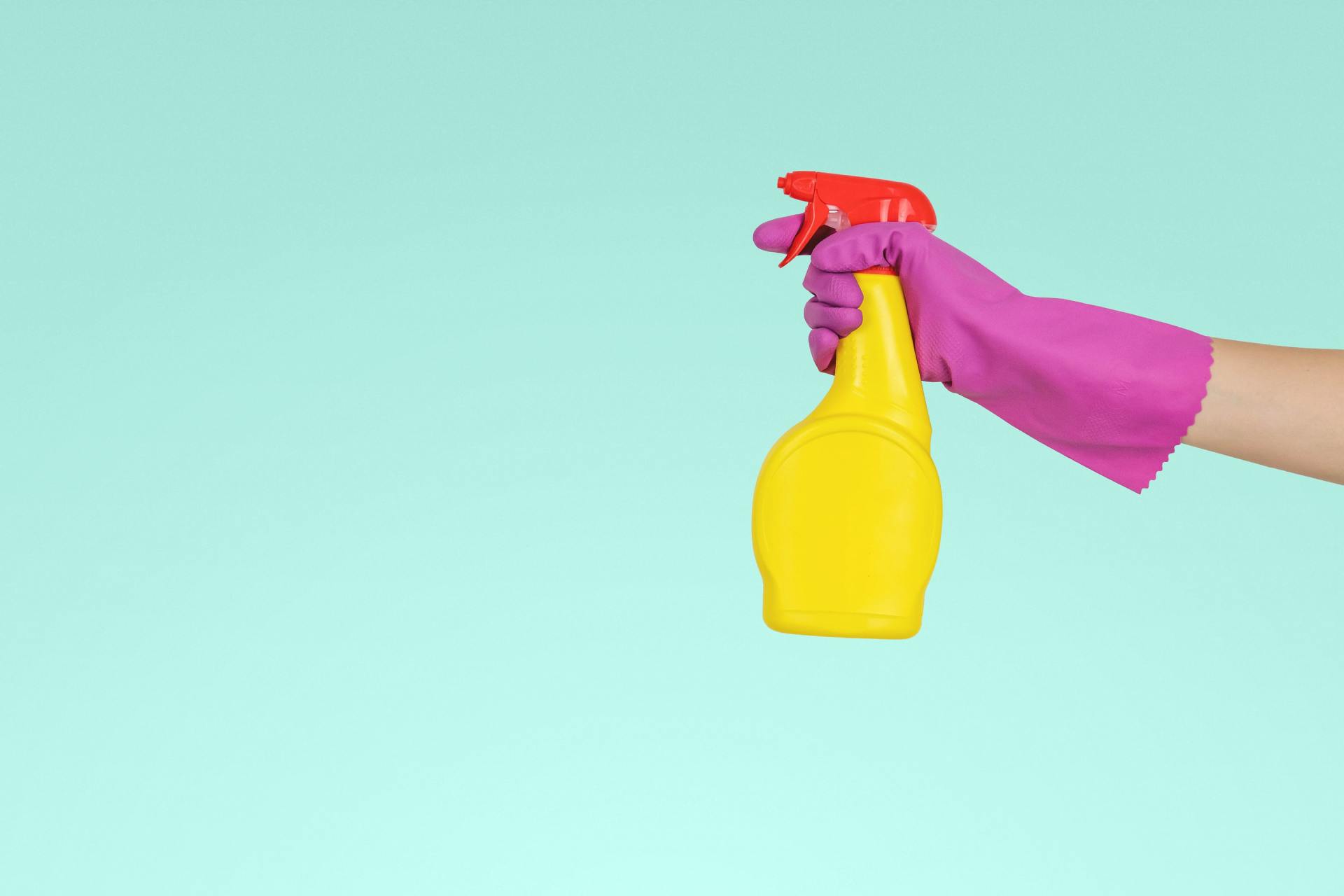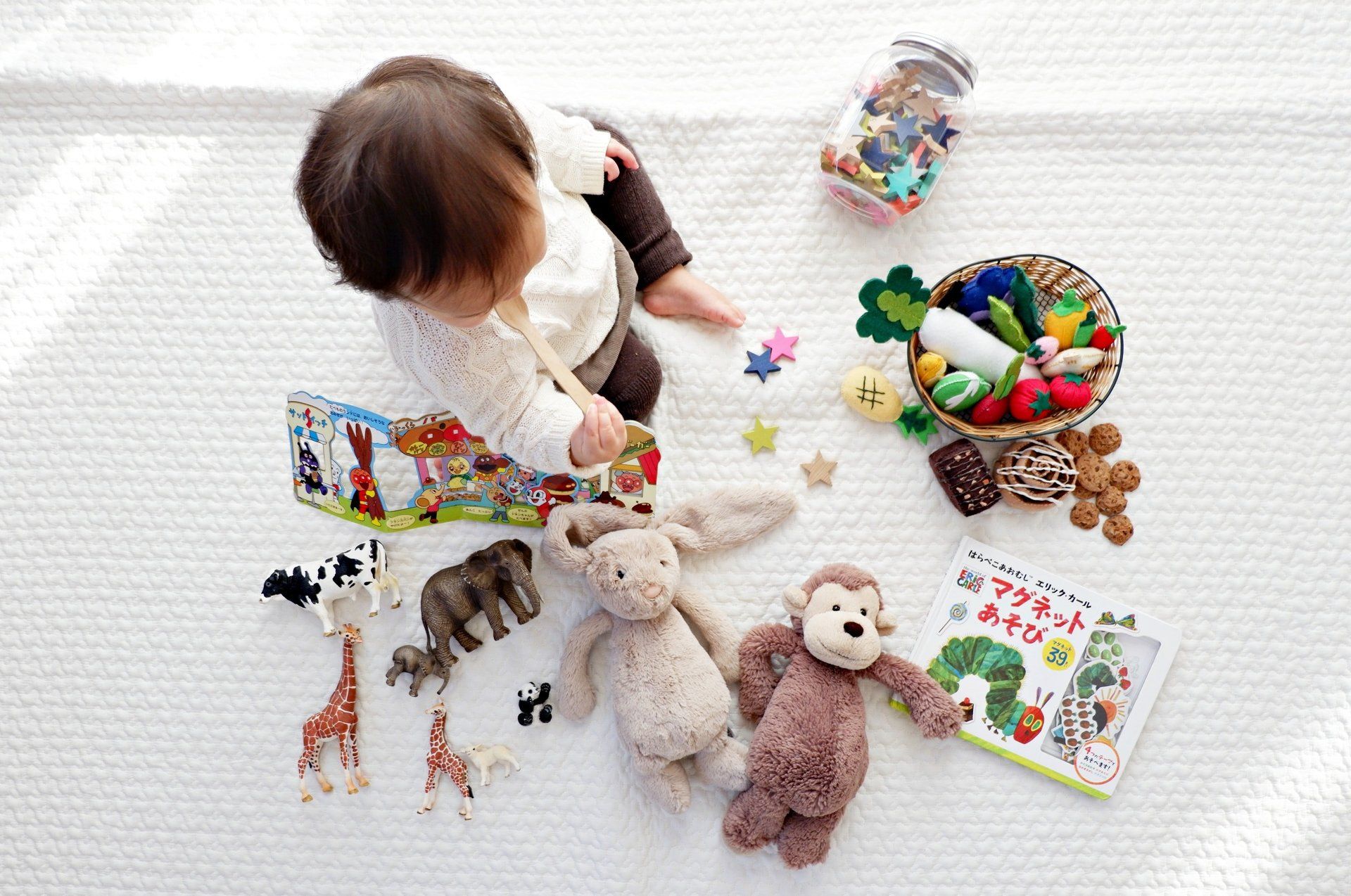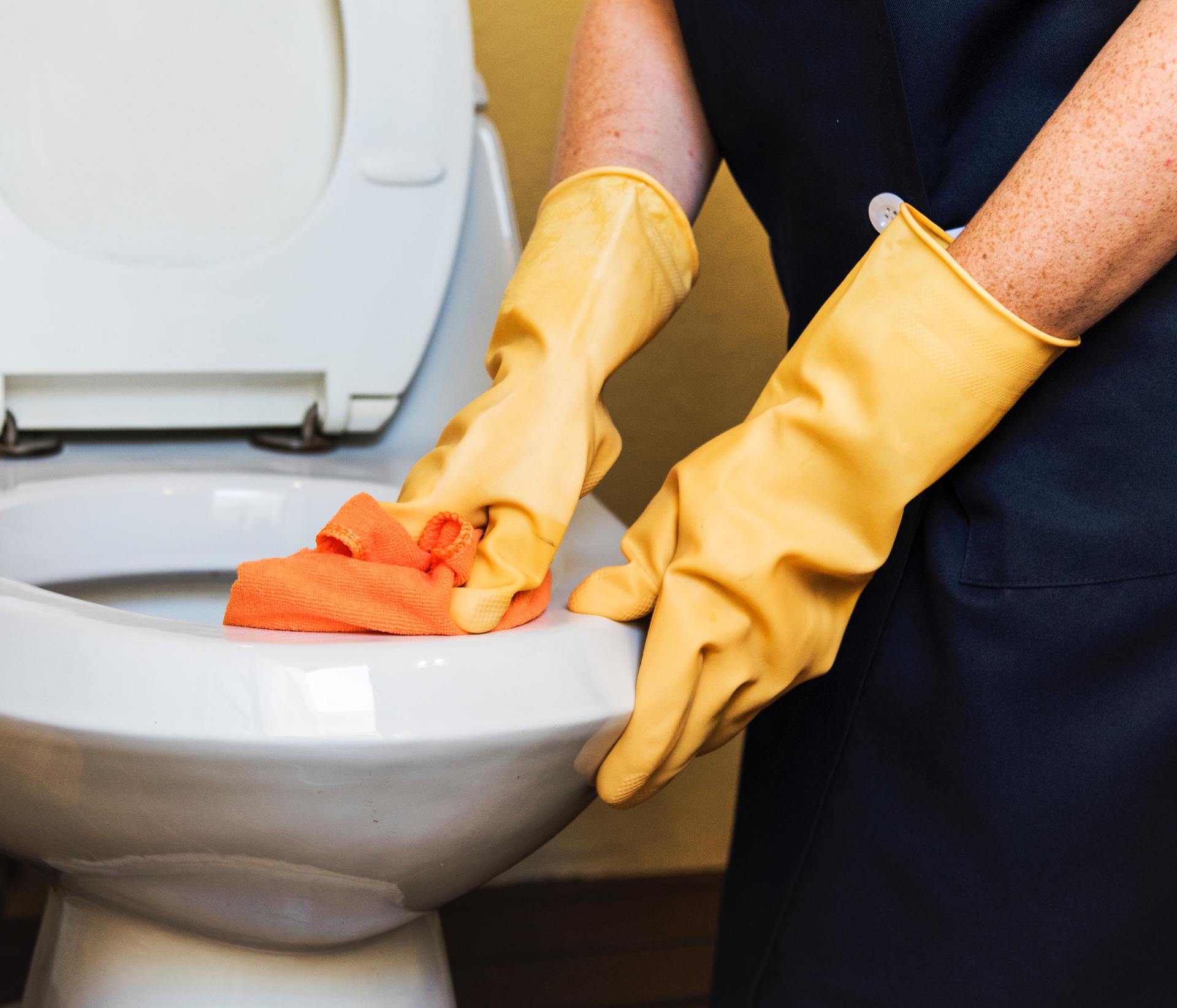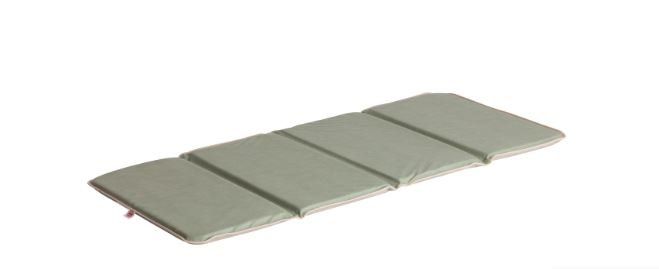New Scientist 1999
Blog Owner • January 1, 1999
Frequent use of air fresheners and aerosol sprays in the home contributed to 25 percent more headaches and 19 percent more incidence of depression in mothers and 30 percent more ear infections and 22 percent greater incidence of diarrhea in infants less than six months of age.
R. Edwards, “Far from Fragrant: Disguising Nasty Smells Could Damage Your Health,”
New Scientist 4(Sept. 1999): 17.

Comprehensive longitudinal studies are important for understanding the complex risk factors, pathways, exposures and interactions that lead to the development and persistence of asthma. We aimed to examine associations between use of household cleaning products in early life and childhood respiratory and allergic disease using data from the Canadian Healthy Infant Longitudinal Development (CHILD) Cohort Study

Fragrance affects us all. For some, it can enhance a moment, invoke a memory, or even improve a mood. As consumers, we seek it out in all kinds of products we use in our everyday lives. And for many of us, there’s a positive sensory experience associated with fragrance. But unfortunately, this may not be without consequence.

America's Children and the Environment (ACE)
America's Children and the Environment (ACE) is EPA's report presenting data on children's environmental health. ACE brings together information from a variety of sources to provide national indicators and related information on the environment and children's health.










